Soon after returning from fighting a wildfire in Colorado, Sam Topper of Dover prepared to battle blazes in Arizona.
As the wildland fire supervisor for the Delaware Forest Service, Topper led the three-person crew from Delaware with Aiden Binko and Tom Hairgrove, driving a firetruck to help battle the Colorado blaze July 20 to Aug. 4.

Then on Aug. 13, Topper left to serve in Arizona with wildland fire crew members Hannah Small, Tom Hairgrove, Edward Boyer, Dave Pro, Matthew Grant, William Seybold, Robert Young, Josh Eastman, Nathan Riley, Noah Salemi, Jared Smith and Jakob Lasocha.
Topper has been involved with the wildland fire program during his entire 21-year career with the Forest Service, but he said his perspective has changed dramatically from when he first started.
“I just saw it as another duty, part of my job, but as I grew to understand it, I saw that it's an important way for me to serve, my way of service and giving back,” he said.
He was promoted to program supervisor about two years ago.
“Not everybody can do this job, but somebody has to. I’ve found it’s something I can do, so I have a duty to do it,” Topper said. “I’m good at making sense of chaotic scenes and restoring order.”
His normal job is supervising wildfire suppression and “prescribed” or supervised burning here in Delaware. While the state hasn’t had many wildfires lately, they can happen during dry conditions.
More fire news: Two years after wildfire devastation, Delawareans on Maui are ready for tourist revival
As for prescribed burns, one reason is to prevent wildfires by removing sticks, brush and other vegetation that could fuel a blaze. The burns are also done to control diseased or invasive plant species and to improve wildlife habitat. It's a way to handle the problem without chemicals and heavy equipment, Topper said.
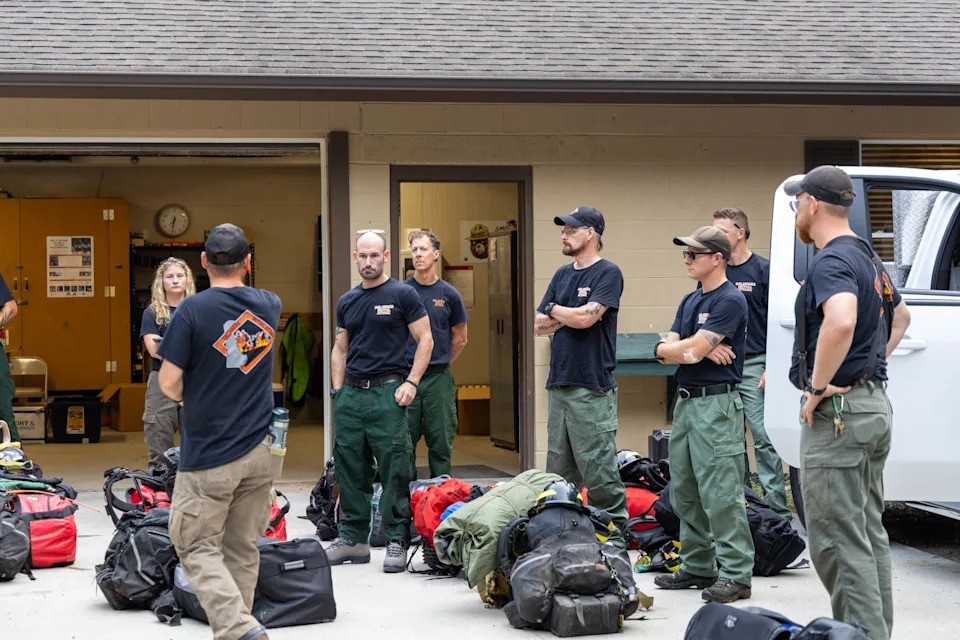
Who can be a Delaware wildland firefighter?
While some members of the Delaware’s wildland fire crew work for the Forest Service, they are not the majority.
“Our team comes from all over, all walks of life,” Topper said.
Most are “casual/seasonal” employees, part-time workers hired primarily during the summer. Some of the members have experience as paid or volunteer firefighters.
The Forest Service staff usually serves in leadership roles.
For those not in the Forest Service, being part of the crew requires an understanding employer who will allow a worker to be gone for two to three weeks in the summer.
Topper said the state is always looking for more wildfire crew members. Free training includes three online courses and two in-person courses taught over four non-consecutive weekends, usually from late January to early March. No prior firefighting experience is necessary.
Part of the physical fitness requirement is being able carry a 45-pound pack on a 3-mile march – no running – in 45 minutes.
Topper said crew members need to stay physically fit and update their training with the latest tools and methods of fighting wildfires.
For crew members that work with the Forest Service, Topper said they’re paid the same rate they’d get paid in Delaware.
For those who aren’t full-time state employees, the entry level pay is about $22 an hour.
What's a 'typical day' like battling wildfires?
At the Turner Gulch wildfire in Colorado, the crew started their day by packing up their tents and supplies because they usually moved to different locations where they were needed.
Breakfast was at 6 a.m., followed by a meeting with leaders to review what they’d be working on that day, and then they’d head to their assignment. Sometimes that was putting out fires and sometimes that was working farther away from a fire to remove fuel like sticks, brush and trees from the fire’s path.
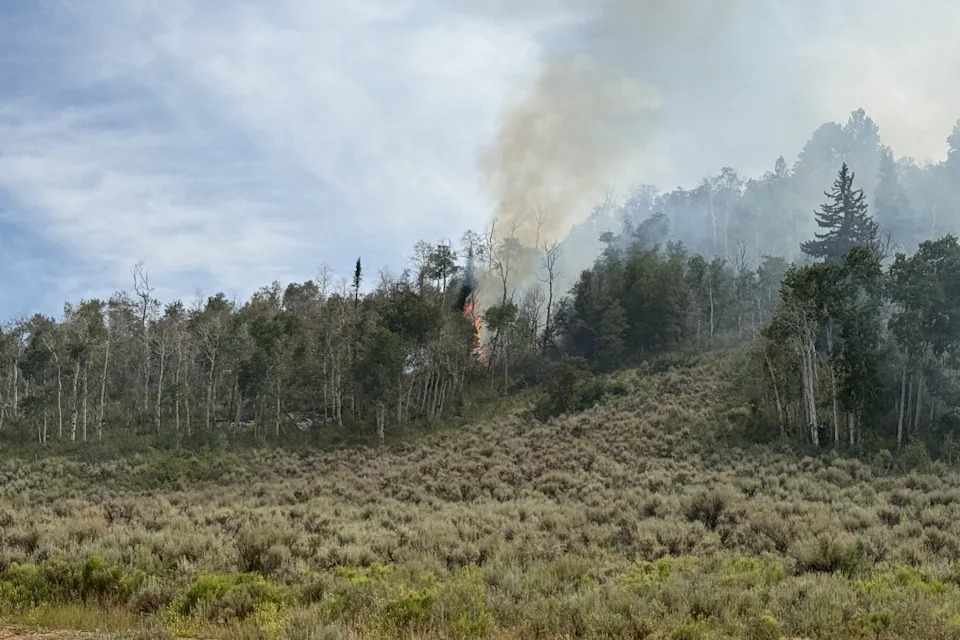
“We would patrol and look for flare ups and hot spots. Other times we were working in towns and neighborhoods to assess structures – how resistant they are to fire, like do they have a metal roof or a wooden roof. Where is the water supply? Are there hydrants? Where are the electric cut-offs.”
The crews reported that information to group leaders to help them determine a firefighting plan.
“We looked to see if we needed to cut the brush from around homes and drag that away,” Topper said. “Sometimes we would set up sprinklers to soak the area and even wrap homes in fire suppressive wrap.”
The crew usually worked until early evening, maybe as late as 9 p.m.
“Then we’d eat and refurbish our gear and check our supplies,” Topper said.
The guidelines allow crews to work 16-hour days with eight hours off for up to 14 days, then two required days off.
“If you were going to work more than that, you had to justify it, based on conditions,” Topper said.
More fire news: A fire destroyed the Concord Pike McDonald's; 18 months later, a new one has risen
The meals were from a variety of sources, sometimes a local restaurant, grocery store or vendor. Other times, the meals were military rations.
“Depending on where we were, sometimes they had to deliver it by helicopter,” Topper said.
The base camp was a beehive of activity. That was the center for planning, communication and medical needs. About 400 people were assigned to the Turner Gulch fire when Topper was there.
Because of the summer heat and the heat from the fires, staying hydrated was essential. Each crew member carried about two gallons of water per day. Over a 16-hour day, that’s like drinking a 16-ounce bottle of water every hour.
“Food and water were most of the weight in our packs,” Topper said.
While Topper was working at the fire, “by and large, we were doing pretty good,” although there were some high winds and lightning that would “drastically increase the fire’s behavior.”
Why do Delaware crews fight fires in other states?
Why are Delaware crews helping with these western fires?
“First, it’s important for our firefighters to gain that experience and knowledge we all need to fight fires here in Delaware. Second, every state participates in the national effort, and if we ever have a fire here, they would help us. It’s just the right thing to do when your neighbor is in trouble,” Topper said.
And it's not just out west. Delaware crews have served in states as close as Virginia.
Topper said while you never want an emergency to happen, his service during these wildfires is rewarding because he's helping people. He also said the fire crews are great to work with: “smart, courageous, analytical.”
When they’re on their way to an assignment, “you get to see incredible places,” he said. “It’s an adventure and you swap stories – some good, some bad, but you remember the good stuff the most.”
However, “It’s a sacrifice,” Topper said. Along with the difficult conditions and physical labor, “it’s not easy to be away from your loved ones for two or three weeks at a time.”
State forester Kyle Hoyd said the Delaware Forest Service has trained over 600 wildland firefighters since 1996.
“Our dedicated crew members train year-round to be ready for wildfires whether they are out west or in our home state,” Hoyd said. “I deeply admire their dedication and selflessness and thank each of them for their service.
Reach reporter Ben Mace at [email protected].
This article originally appeared on Delaware News Journal: Dover man leads Delaware's crew battling wildfires in Western states


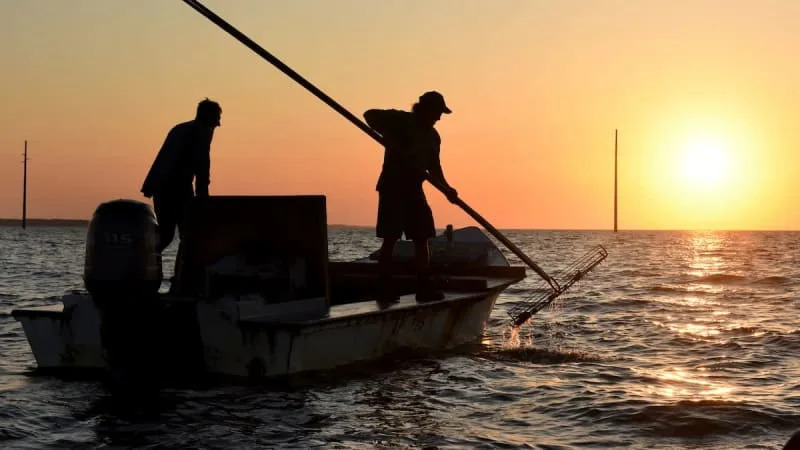
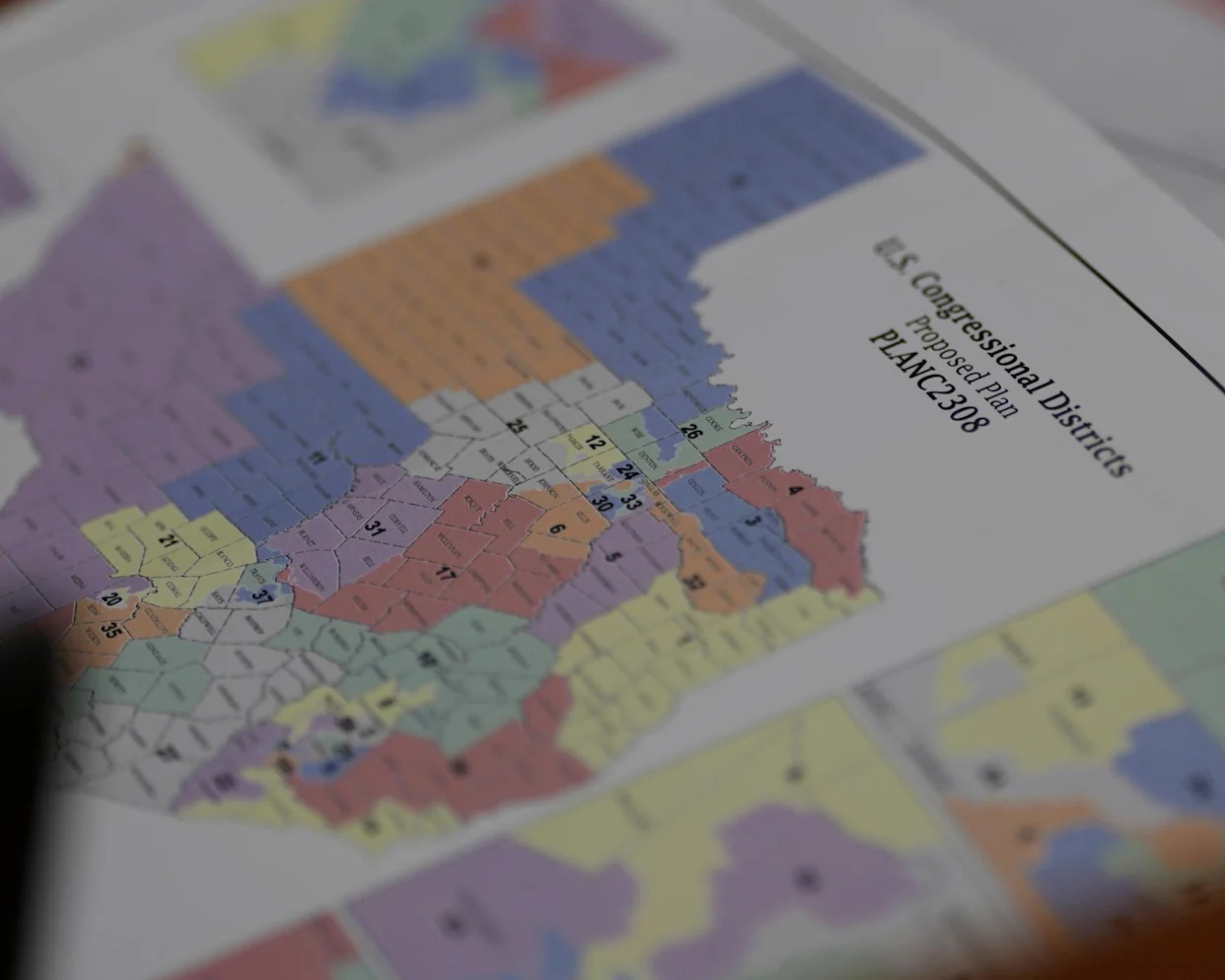


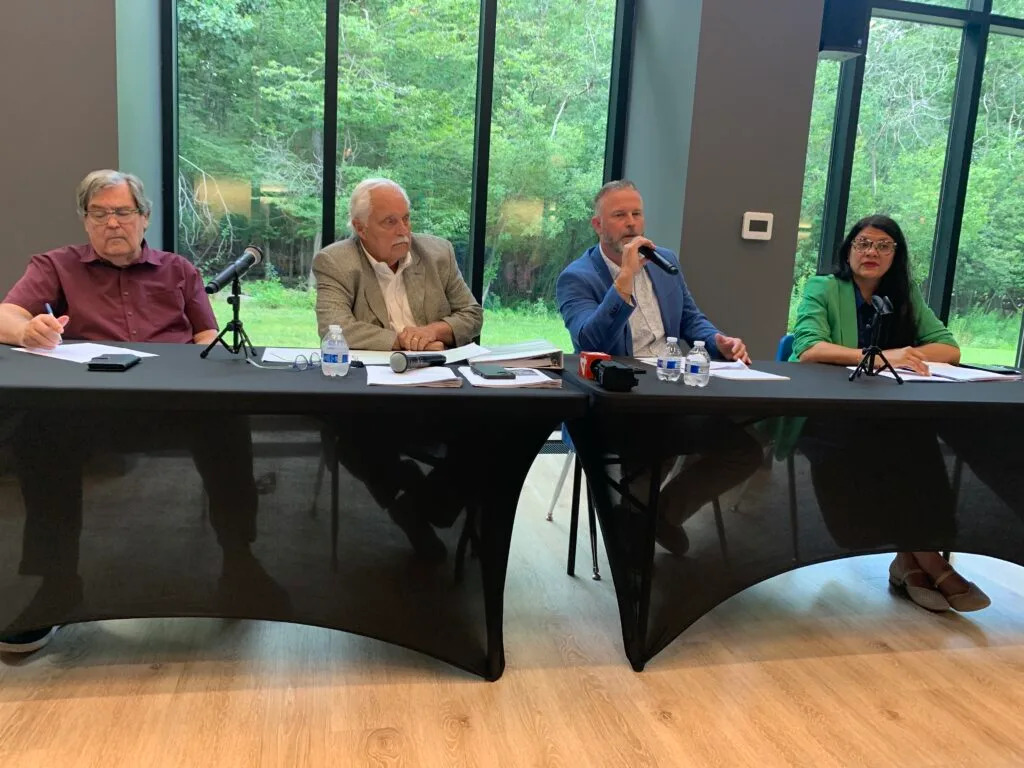
Comments